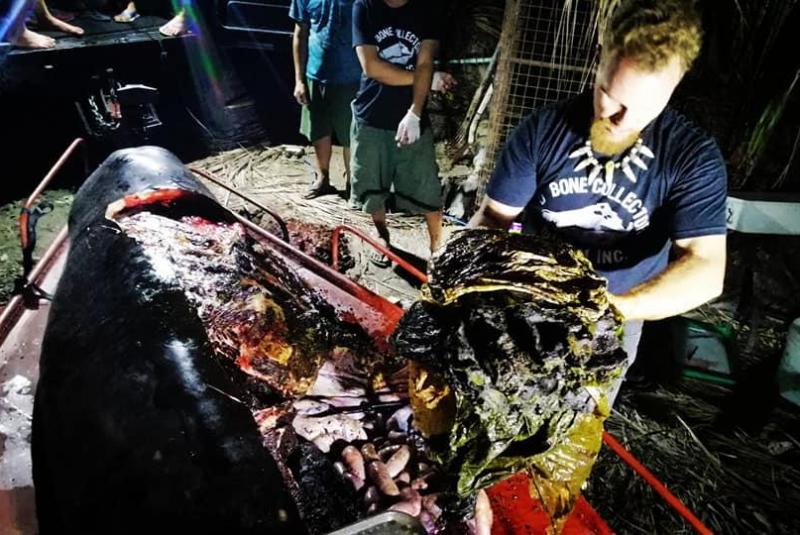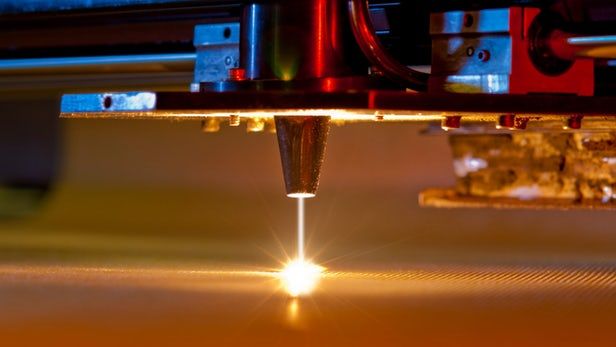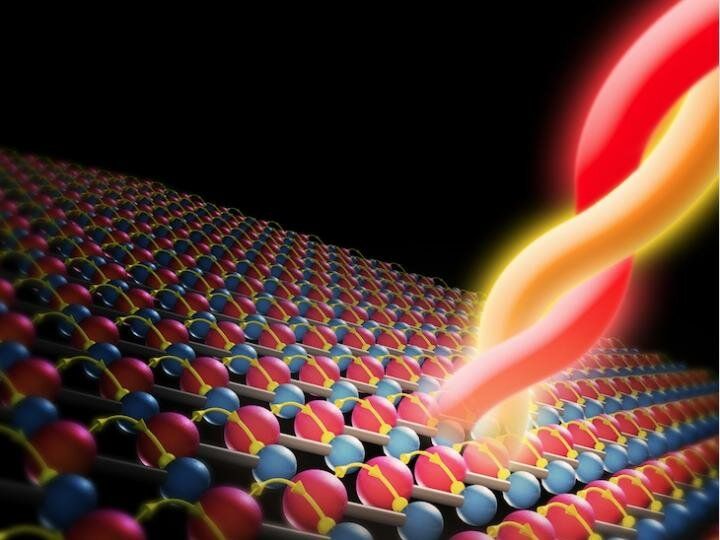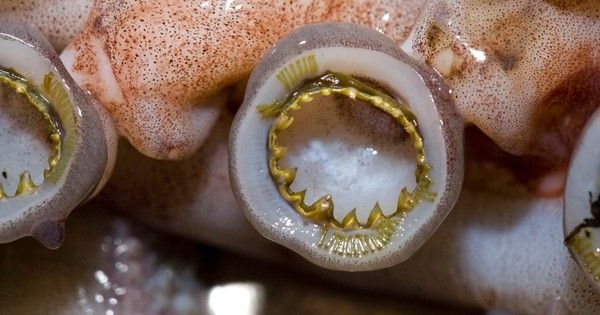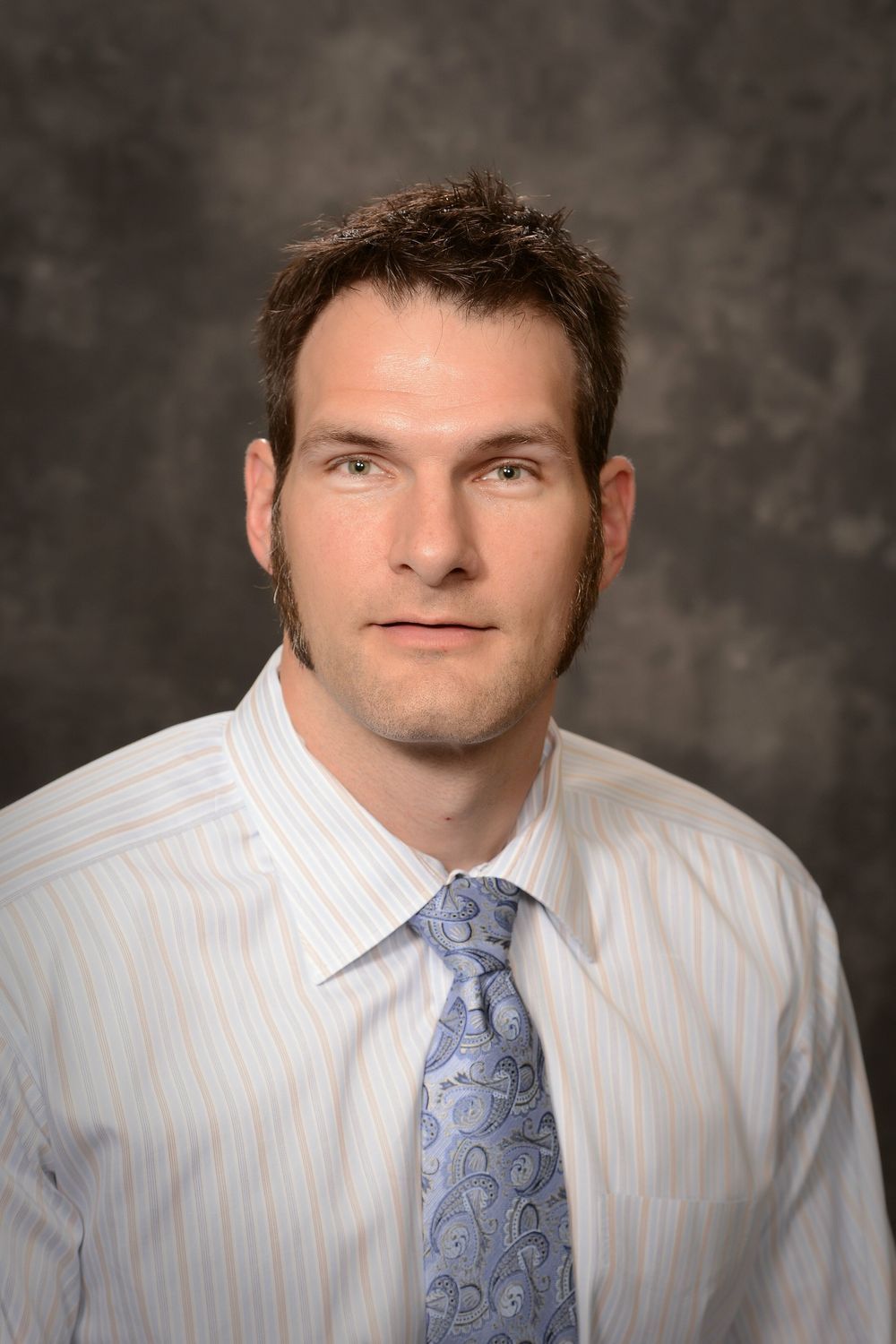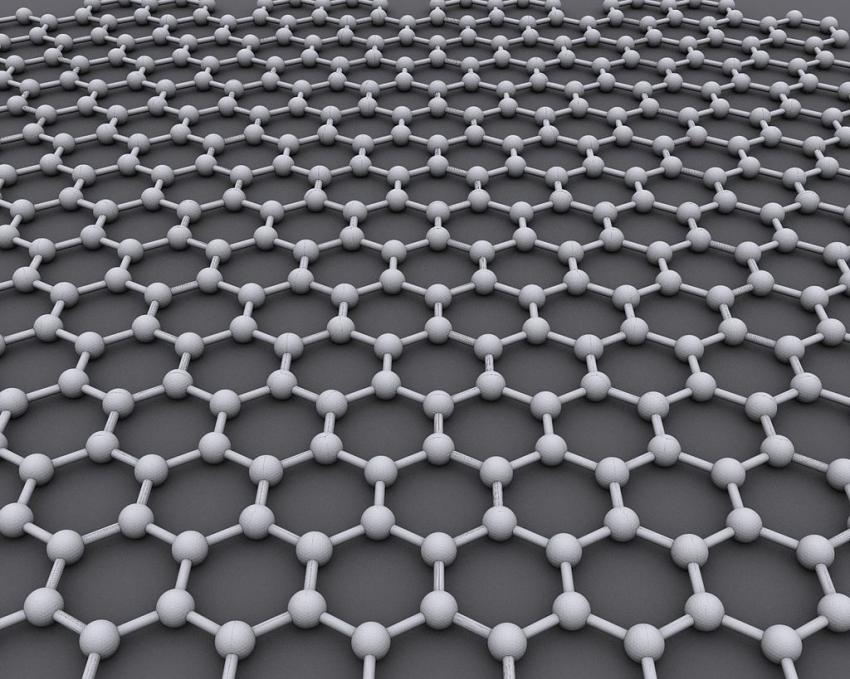By 2050, two-thirds of us wil be living in cities, so architects are taking inspiration from nature to build more sustainable skylines.
How Eyes Evolved to See the World Differently
Subscribe! https://www.youtube.com/user/DNewsChannel
WOHA
The Wood Innovation and Design Centre
https://www.unbc.ca/engineering-graduate-program/wood-innovation-and-design-centre
Tokyo to build world’s tallest timber tower
https://www.cnn.com/style/article/wooden-skyscrapers-timber-trend-catching-fire-duplicate-2/index.html
“The 70-story tower will be a hybrid structure made from 90% wooden materials. A steel vibration-control framework will underpin the design — an important feature in a city where earthquakes are frequent.”
A Lusher and Greener Singapore (URA and NParks Introduce Schemes to Promote Skyrise Greenery)
https://www.nparks.gov.sg/news/2009/4/a-lusher-and-greener-singapore-ura-and-nparks-introduce-schemes-to-promote-skyrise-greenery
“The greening of Singapore will literally move to greater heights with the launch of URA’s programme, LUSH. NParks is also introducing a pilot incentive scheme to encourage existing building owners to green up their rooftops.”


